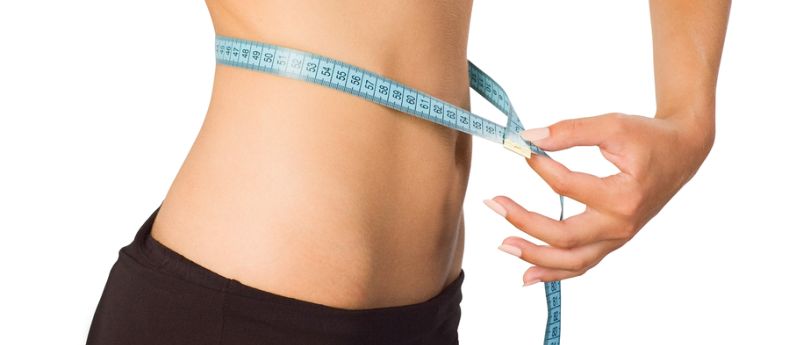
Liposculpture
Liposculpture is a popular and widely used procedure that improves or restores facial and body contouring through minimally invasive surgery. The procedure usually entails removing fat deposits with a blunt-tipped hollow tube called a cannula inserted into a tiny incision in the skin. This can be connected to a suction device where the fat is removed (liposuction). Removed fat cells can also be selectively injected into areas of deficiency (lipofilling). Excessive body fat can be hazardous to health and liposuction is one way to correcting this problem.
Liposuction
Many people are familiar with liposuction, a procedure generally performed to remove body fat that fails to be removed through exercise or diet. It is particularly useful for removing stubborn areas of fat that persist after weight loss, for example, in the thigh and hip regions (commonly known as “saddlebags”). Liposuction is not designed to be a treatment for general obesity. This procedure is very effective at removing fat from targeted areas of the body, such as excess fat in the upper arms (commonly known as “bat wings”), abdomen, flanks (commonly known as “love handles”), buttocks, calves, chin and neck. Liposuction can be used by men and women alike to reshape a disproportionate figure and is now widely used to treat male gynecomastia (commonly known as “man-boobs”).
Liposuction reduces the total number of fat cells by mechanically disrupting them and subsequently removing them. Fat cells that remain after liposculpting are as stable as fat cells elsewhere in the body. After liposuction, the elasticity in healthy skin will allow it to take up its new shape. A healthy diet and exercise will help to sustain the benefits of the procedure.
Consultation
A full patient history and examination will be carried out together with an assessment of the area in question to determine whether liposuction is appropriate. Small localised areas can undergo liposuction under local anesthesia, but larger areas normally require general anesthesia. Most cases can be done as a day-surgery procedure.
Procedure
A small incision is made at one or more sites as required, carefully hidden in natural crease lines to reduce the visibility of scars. Fluid containing local anesthetic is first introduced through these incision sites followed by the insertion of a suction cannula. Vacuum pressure is attached and controlled mechanical disruption of the fat cells is applied. Then, the fat is removed. The incision sites are then closed with dissolving sutures.
Recovery
Pain is usually moderate and can be controlled with standard painkillers. There will be bruising and some swelling for a few weeks, which can be helped by gentle massage. A compression garment should be worn for 4 to 6 weeks. The benefits of liposuction will be maintained as long as there is no general weight gain following the operation.
Lipofilling
Lipofilling (or fat transfer) entails transferring small amounts fat from one area of the body to another to restore shape and definition. With age comes a loss of tissue volume, particularly in the cheek area, giving a sunken look to the face. Lipofilling can often be used to fill the hollows in the face or to address age-related wrinkles around the mouth, chin, and backs of the hands, giving a more youthful appearance.
Small amounts of fat are harvested from fat-rich areas – such as the buttocks, thigh or abdomen – with minimal-access liposuction techniques, by which the scars are hidden in natural crease lines. The fat is then centrifuged and concentrated and then injected with a fine cannula into the treatment areas. The effect is permanent, although up to 30% of the injected fat may be reabsorbed.
Copyright United Family Healthcare 2014 All right reserved - 京卫网审[2014]第1927号 - 京ICP备13017554号-4



